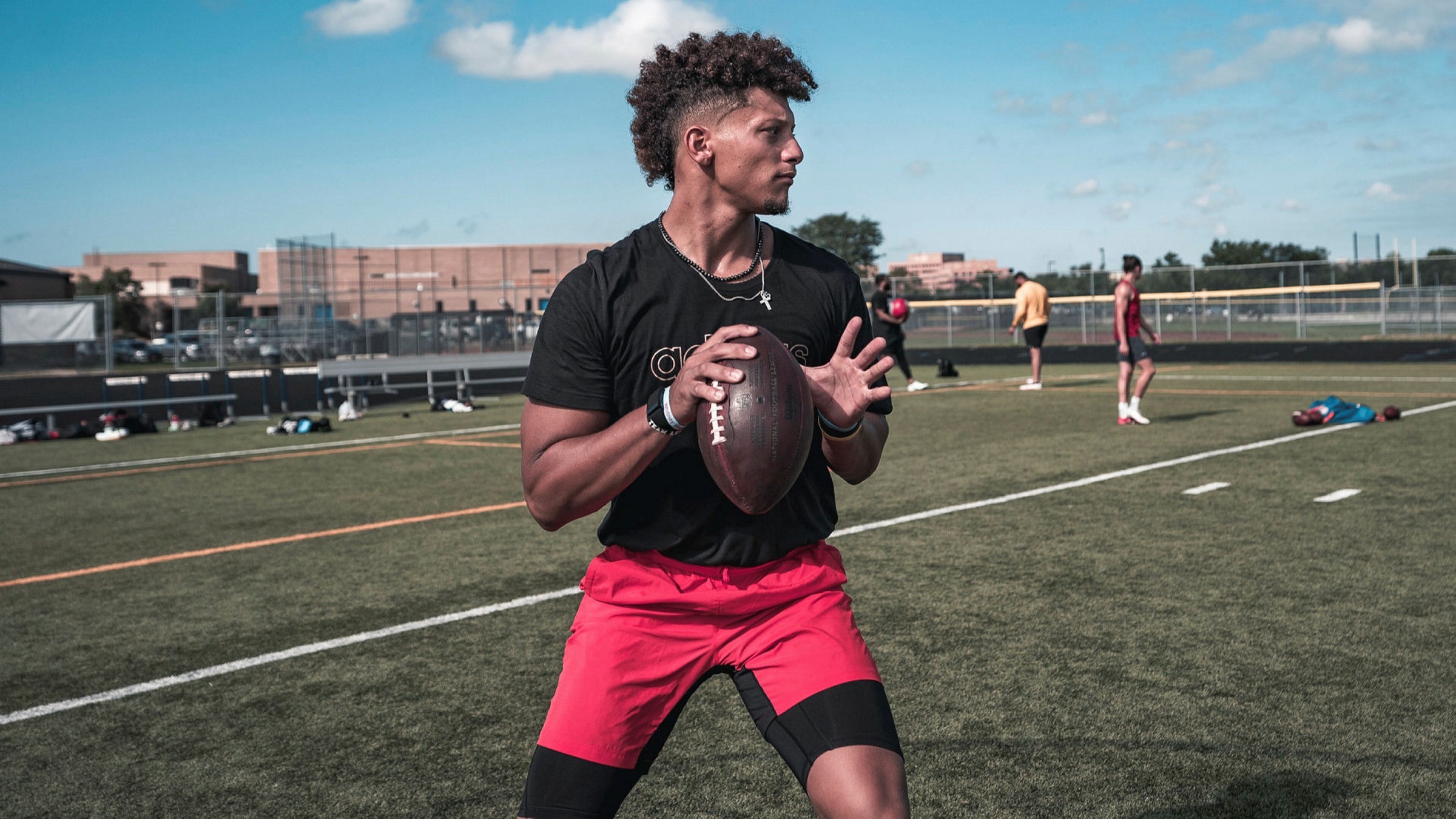
By Michael Pavitt |
I consider myself to have a good gauge on my fitness, but this week subjected myself to a “consultation” as part of the process to join a nearby gym.
The basics were interesting as I was informed about my resting heart rate and blood pressure levels, which are useful information to stash away to generally monitor my own well-being.
A visit to one of the body composition scales provided an assortment of statistics which I am at a loss to say how they will assist me, from the percentage of water to visceral fat, to my bone density and metabolic age.
What occurred to me though when stepping away was the sheer access we now have to data about our bodies through new technologies, even as average joe members of the public.
A considerable amount of people now wear fitness trackers, detailing their daily step counts, heart rate and other “health metrics”.
Our gadgets offering an assessment of our cardio fitness and ordering us to make sure we take a certain number of steps per day.
For those like me, there remains a degree of scepticism towards wearable technology and would much prefer to simply go out for a run than return and have my route and data uploaded to the likes of Strava.
I can still see the appeal of having the information at our fingertips, with a colleague pointing out his athletics club have used data to guide how they look after their athletes.
He noted there had been a greater focus on conditioning to help prevent injuries in younger and developing runners, to being able to use data as a reference point to look back on how training schedules and intensities may have positively or negatively impacted performances.
One of Britain’s elite runners – albeit in an advert – highlighted the use of recovery stats recently to explain how they had adjusted their training after recovery from a recent sickness.
The use of data at elite level is understandable for athletes and coaches.
Judokas Clarisse Agbegnenou of France and Japan’s Soichi Hashimoto were quoted as saying they planned to use smart watches provided by International Judo Federation sponsor Huawei in June, after the company provided them as gifts to World Championship medallists.
“We hope that all the features of the smart watches and smart bands, will not only be an excellent companion in the athletes’ everyday lives, but also help them prepare for the Olympics,” Thomas Liu, managing director of Huawei Technologies Hungary, said at the time.
“Our devices are not only for professional athletes but can also be a great support for those who are just beginning to get into better shape or those already enjoy doing recreational sports. Since the screens of these devices can be matched with their owners’ moods, I hope that they’re now set on celebration mode.”
As sports fans we have become increasingly accustomed to watching athletes finish competitions or be pictured in training wearing GPS performance vests, allowing their data to be tracked by the performance analysts of various team sports.
The use of data has regularly been cited as reasons for players being fast tracked through junior ranks, with metrics measuring the intensity and sprint speed used alongside their talent to determine whether they would be able to cope with senior level.
The progression of data analysis and its ability to shape how athletes can train appears to improve every year.
Earlier this week it was reported that basketball great LeBron James and Japanese tennis star Naomi Osaka had become backers of a sports tech company StatusPro.
The company, developed by former American football players, says it uses player data and extended reality to create virtual reality experiences. It is claimed this allows players to practice possible in-game scenarios.
Some have pointed to Jose Mourinho’s reported reluctance to embrace sports science and data as a reason for his perceived decline as a manager, with the Portuguese football coach considered to favour his players becoming fit through matches.
By contrast, some of the top European clubs are reported to have fully embraced the use of data and are seen to have reaped the benefits of such an approach.
The use of data does have its limitations, as it is not the only factor dictating performances and training.
British cyclist Mark Cavendish recalled a dispute with former British Cycling head coach Simon Jones in an autobiography published early in his career. Cavendish recalled a confrontation with the coach, who had told him that he was not hitting the numbers required to win stages at the Tour de France and triumph at the World Championships.
The Briton may be considered one of the sporting stars to have defied data during their career, while racking up different numbers in terms of stage victories.
Cycling though is among the sports increasingly making use of data, with Velon providing insight into the professional peloton by highlighting statistics such as the average speed, power and time spent in the red zone of riders, among a host of other statistics.
The use of statistics has been viewed as offering amateur riders a reference point over the immense physical output required at the highest levels of the sport.
A downside of data can be shown by what happens when figures fall into the hands of fans who can selectively pick data points as evidence to prove a particular opinion they may hold.
Context, of course, remains key.
Republished with permission from insidethegames.biz.